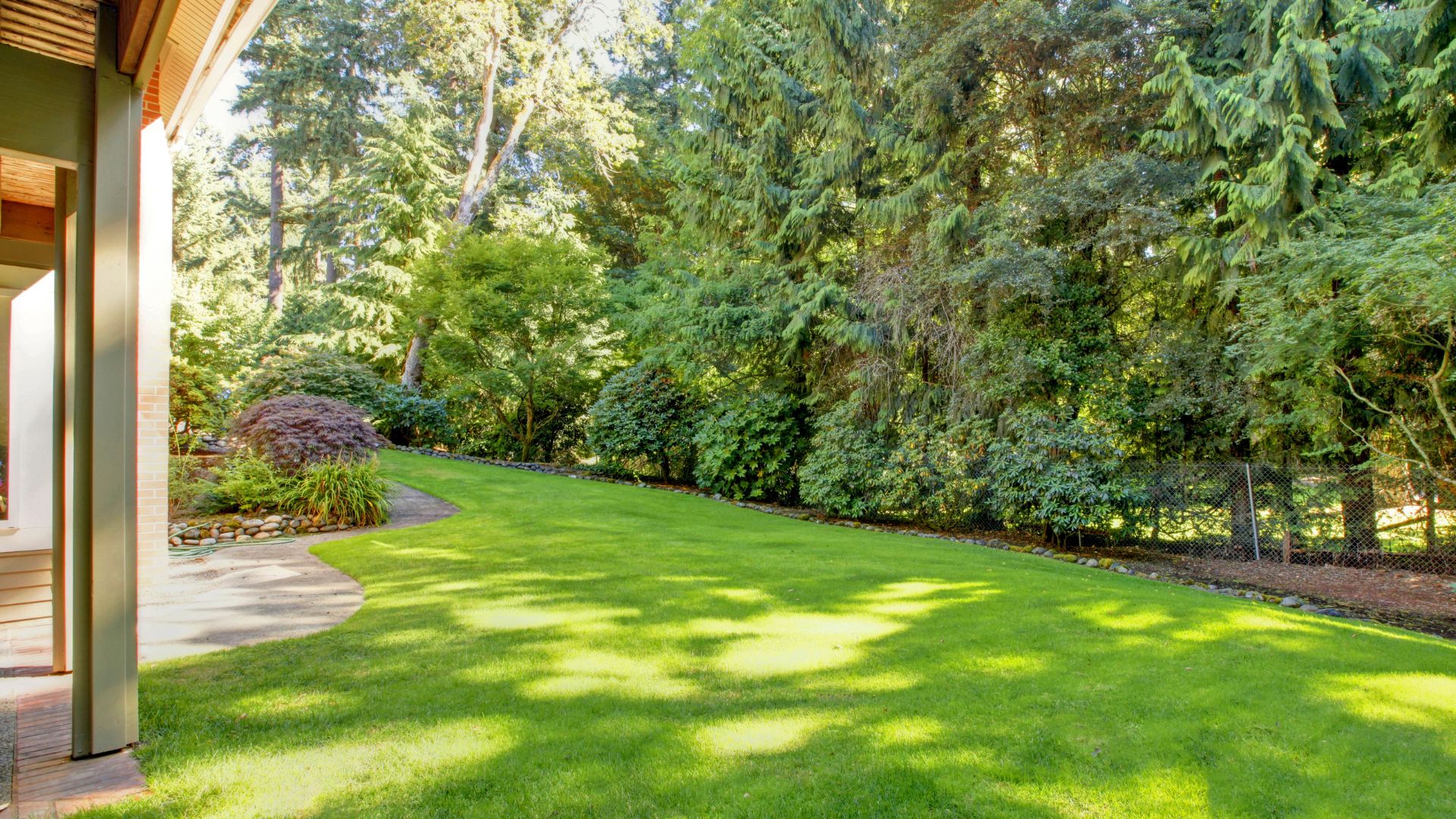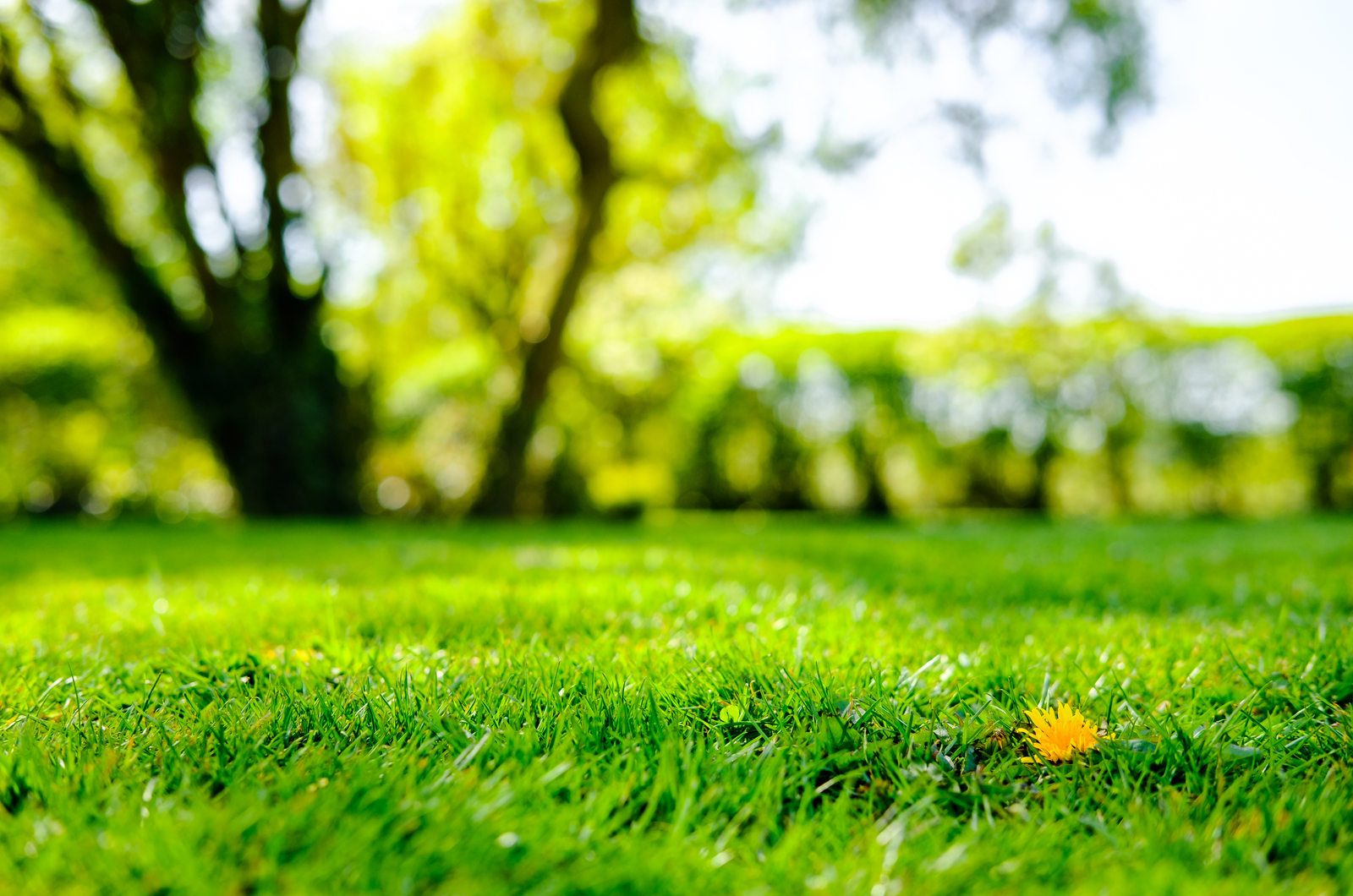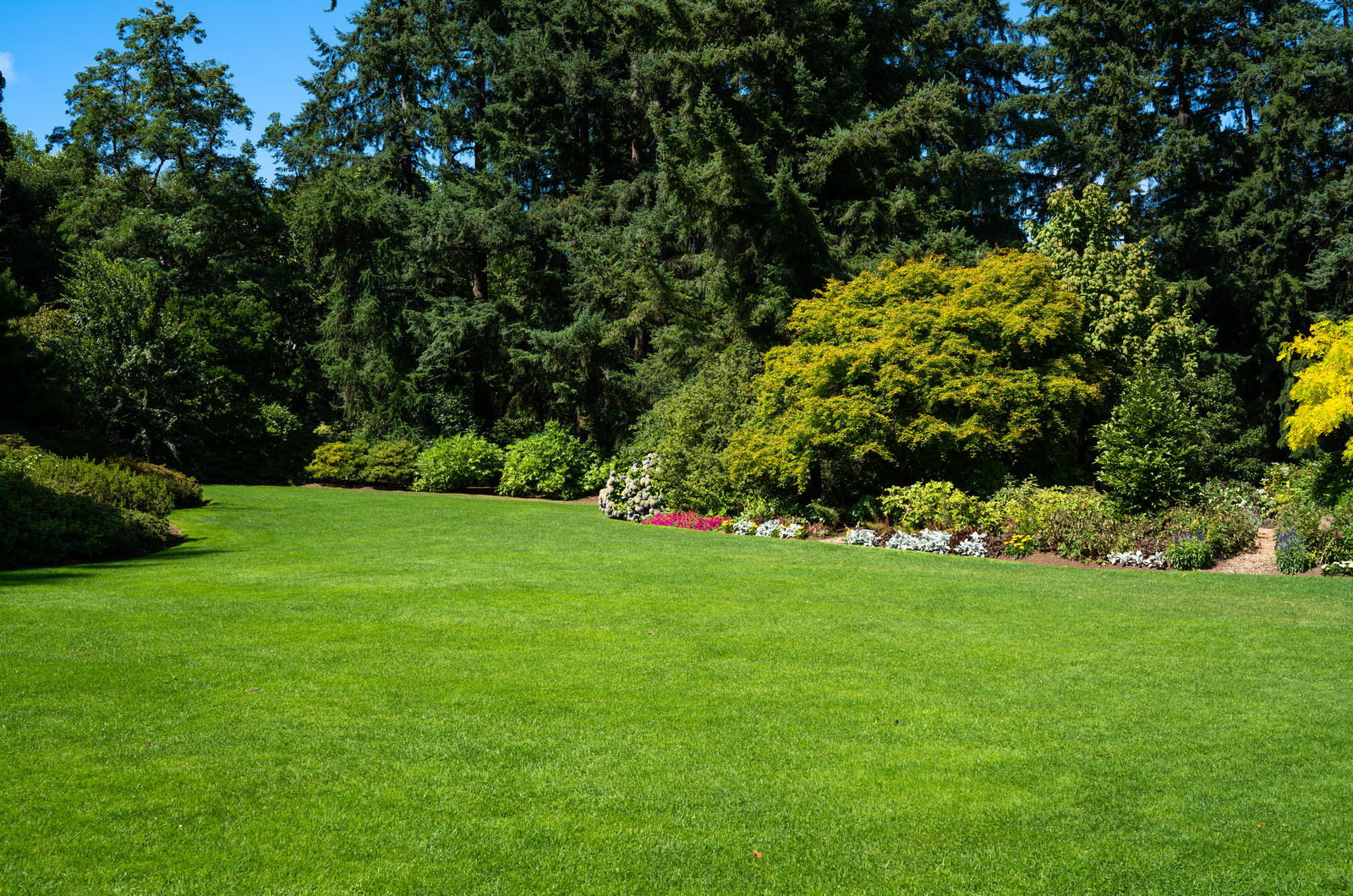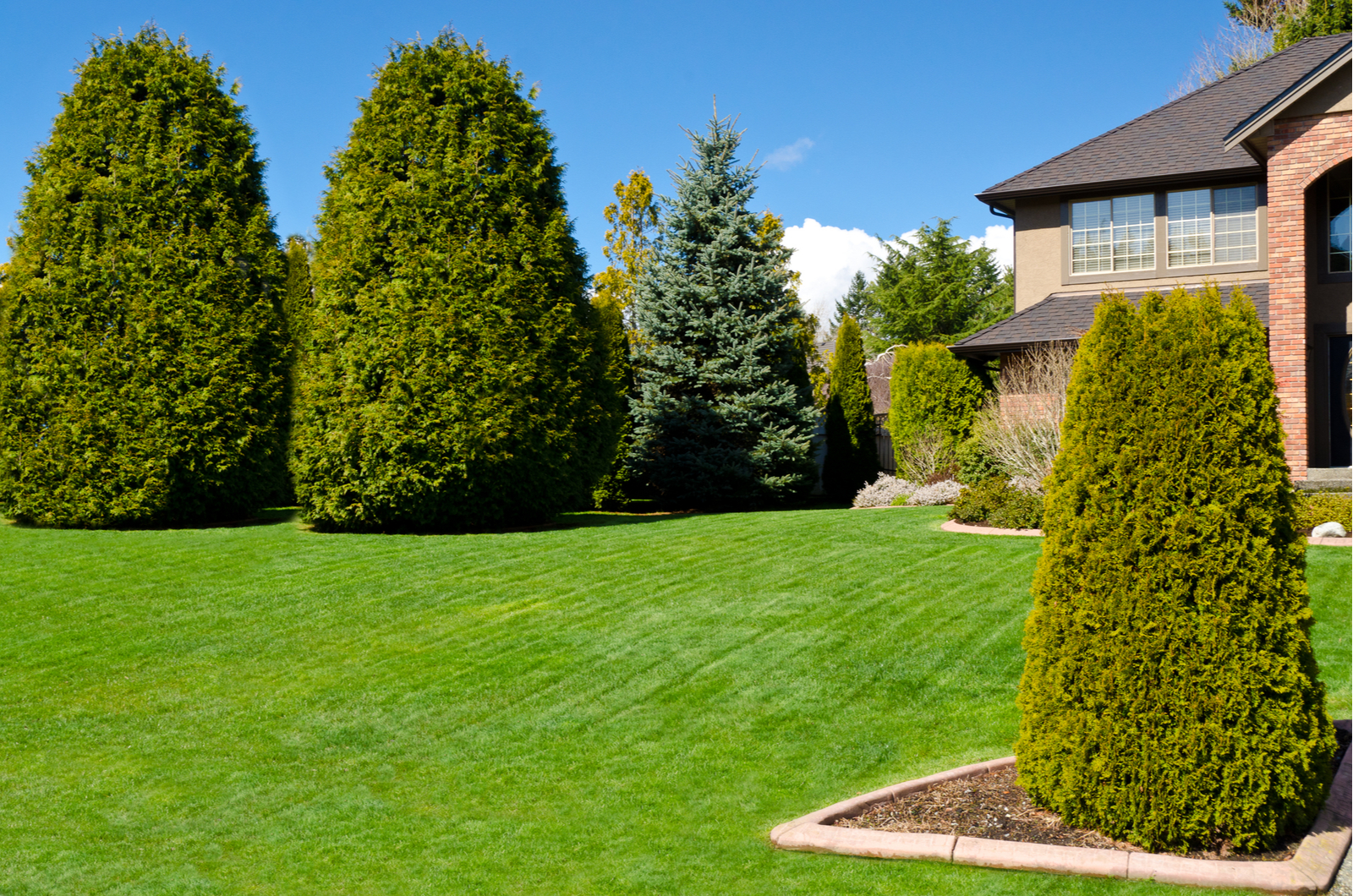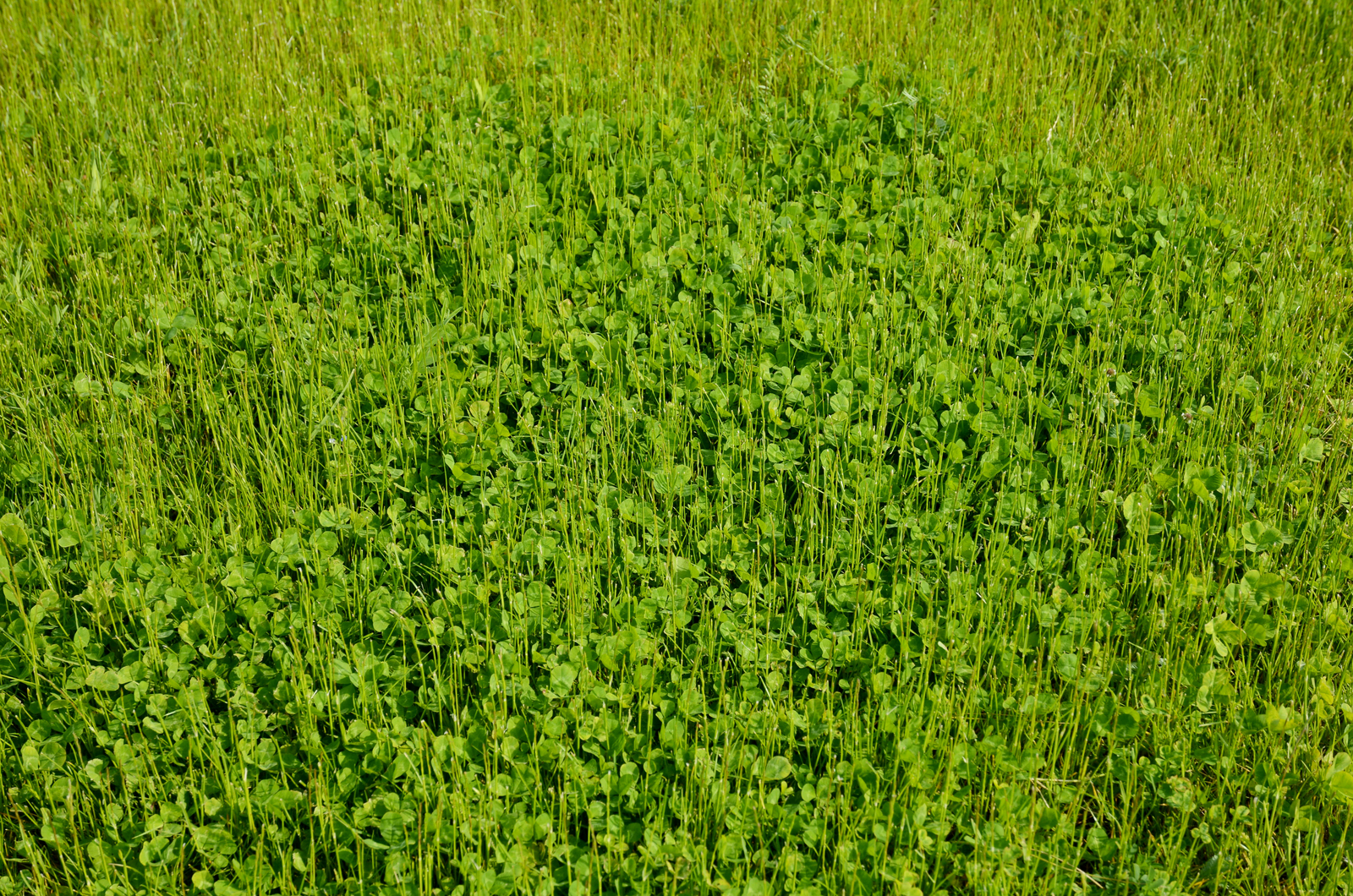Choosing the best grass type for your yard will take you one step closer to your dream lawn.
Not every variety is the same! Perhaps you need a drought- and heat-tolerant type that will finally allow you to have the thick green lawn you’ve always wanted.
Or you want a variety that’s easier to maintain in your region!
Whatever the reason, here are the 7 best grass types for warmer and cooler climates and some tips on how to choose the right one!
Things To Consider When Choosing A Grass For Your Lawn
• The key to choosing the grass for your lawn is considering the climate you live in, including yearly temperatures, precipitation, humidity, and other factors.
• Then, think about how much sunlight your yard gets and the type of soil you have. Both of these factors affect which grass type will grow best with minimum care. Some grasses love sunlight, while others thrive in shade, which is why understanding your sun exposure is important.
• Next, consider the maintenance. Some types are more demanding and require frequent mowing, watering, and fertilization, while others don’t mind a little bit of neglect.
• Finally, all these factors are important, but they won’t mean anything if you go with the wrong grass type. Therefore, research your region and choose the grass variety that matches it and all the factors above.
The key to this is understanding your USDA hardiness zone, and the video below can help you with that:
Now all you have to do is find the grass types which can flourish in your zone and go with that.
In addition to the USDA zone, you might want to consider the individual characteristics of grasses, such as:
• Drought tolerance
• Shade tolerance
• Traffic tolerance
• Disease resistance
• Aesthetics
7 Best Grass Types
Grasses are generally divided into two categories, warm and cool-season grass types.
Cool-season grasses generally thrive in the Northeast, Midwest, and Pacific Northwest, while warm-season ones flourish in the Southeast, Southwest, and lower Midwest.
Both cool and warm-season grasses can handle the transition zone – an area in the middle of the USA where heat from below and cold from above meet; you just have to choose a suitable variety for your particular region.
4 Warm-Season Grasses
These types are usually gray- or light-green, tolerate drought and full sun, and are resistant to foot traffic.
They look their best in summer and go dormant during winter, when they can turn yellow and brown if you don’t keep them safe from the cold.
1. Bermuda Grass
This variety is one of the most famous, and for good reason. It handles heat and sunlight like a champ, and doesn’t need as much moisture as some other types.
Just choose the best herbicide for bermuda grass to keep it looking gorgeous and mow it about once a week.
2. Buffalo Grass
If you hate mowing, go with buffalo grass. You can mow it once a week for a tidy appearance or every 3-4 weeks if you want a low-maintenance lawn.
It is extremely drought-tolerant and only requires a quarter of an inch of water per week, which is 75% less than other traditional grasses. (1)
3. St. Augustine Grass
St. Augustine is one of the top grass types for Florida and coastal regions because it can withstand salty soils and humid weather.
It effectively outgrows weeds, so you won’t have to use herbicides that often.
4. Zoysia Grass
Zoysia is another grass type perfect for warm climates, but many homeowners have difficulties deciding between zoysia and bermuda.
But if you want a low-maintenance grass that thrives equally well in full sunlight or light shade, then zoysia is your man.
It will go dormant during colder temperatures, but the same is true for bermuda.
3 Cool-Season Grasses
These varieties have a much deeper color than the warm-season grasses and can withstand cooler temperatures.
Just bear in mind that they can go dormant and turn yellow or brown in summer if you don’t irrigate them regularly.
1. Fine Fescue
If you tried growing tall fescue and didn’t like its coarse texture, try growing fine fescue instead.
This variety is highly tolerant of shade, but can only tolerate moderate foot traffic (at best).
Fine fescue is a bit more drought-tolerant, requiring less than an inch of moisture per week, and can flourish in poorer mediums.
2. Kentucky Bluegrass
This type is perfect for northern regions because it can flourish in the extremely harsh winters of zone 3.
Give it an inch of water per week and don’t mow it shorter than 2-3 inches in summer.
3. Tall Fescue
There’s a never-ending dilemma of which grass type to get, perennial ryegrass or tall fescue.
Fescue is more drought and shade-tolerant, so it’s perfect for homeowners who have a shady corner they want to bring to life with as little work as possible. And it tolerates heavy foot traffic.
It is coarser than ryegrass, though, and cannot tolerate full sun.
Grass Alternatives
Traditional lawns are perfect for regions with plenty of precipitation, but not as much for homeowners in the West.
They will have to water their lawn constantly, which may affect their satisfaction with their lawn.
Luckily, there are low-maintenance grass alternatives that are perfect for these situations since these plants don’t require that much moisture.
Minimize the lawn where possible and replace it with native ground cover plants that will provide a soft mat for you to walk on and prevent weeds from emerging.
You can also plant drought-tolerant ground covers, such as creeping thyme, and enjoy its gorgeous purple color in your rock garden, between stepping stones, or instead of your entire lawn.
Microclover lawns are very popular at the moment because they require less maintenance and look amazing whether you mow them or not.
They even produce some flowers that can attract pollinators and wildlife, but if that is something you want, I’d go with regular clover as it produces more blossoms.
Or you can overseed your lawn with clover to give it higher resistance to foot traffic, lower maintenance, and great looks.
References:
1. Oppedahl, R (n.d.). Buffalo Grass a Better Lawn Alternative. UC Cooperative Extension.

